Neolithic pottery at National Palace Museum, Beijing
Red pottery cooker (?), Neolithic, Cishan culture (6500–5500 BC), high 15.3cm, caliber 15.3cm, bottom diameter 11.3cm. National Palace Museum, Beijing.
Flat bowl, Neolithic, Cishan culture (6500–5500 BC), high 6.7cm, caliber 18.2cm, bottom diameter 6.4cm. National Palace Museum, Beijing.
Small mouth ear bottle, Neolithic, Cishan culture (6500–5500 BC), high 23.8cm caliber 5.2cm bottom diameter 5.6cm. National Palace Museum, Beijing.
Three foot bowl, Neolithic, Cishan culture (6500–5500 BC), high 8.1cm, diameter 21.3cm, foot 15cm. National Palace Museum, Beijing.
Gray pottery ear vase, Neolithic, Cishan culture (6500–5500 BC), high 15.2cm, caliber 13.8cm, bottom diameter 6cm. National Palace Museum, Beijing.
Red pottery and support, Neolithic, Cishan culture (6500–5500 BC), through 20cm high. Mug: 9.5cm high, caliber 10.5cm, bottom diameter 11.3cm. Support: 10.5cm. National Palace Museum, Beijing.
Deep belly ear jar, Neolithic, Cishan culture (6500–5500 BC), high 14.4cm, caliber 9.5cm, bottom diameter 6cm. National Palace Museum, Beijing.
The Cishan culture (6500–5500 BC) was a Neolithic culture in northern China, on the eastern foothills of the Taihang Mountains. The Cishan culture was based on the farming of broomcorn millet, the cultivation of which on one site has been dated back 10,000 years. The people at Cishan also began to cultivate foxtail millet around 8700 years ago. However, these early dates have been questioned by some archaeologists due to sampling issues and lack of systematic surveying. There is also evidence that the Cishan people cultivated barley and, late in their history, a japonica variety of rice.
Common artifacts from the Cishan culture include stone grinders, stone sickles and tripod pottery. The sickle blades feature fairly uniform serrations, which made the harvesting of grain easier. Cord markings, used as decorations on the pottery, was more common compared to neighboring cultures. Also, the Cishan potters created a broader variety of pottery forms such as basins, pot supports, serving stands, and drinking cups.
Since the culture shared many similarities with its southern neighbor, the Peiligang culture, both cultures were sometimes previously referred to together as the Cishan-Peiligang culture or Peiligang-Cishan culture. The Cishan culture also shared several similarities with its eastern neighbor, the Beixin culture. However, the contemporary consensus among archaeologists is that the Cishan people were members of a distinct culture that shared many characteristics with its neighbors.
Painted pottery bowl, Neolithic, Qingliangang culture (5400 - 4400 BC), high 11.2cm, caliber 14.5cm, bottom diameter 7cm. National Palace Museum, Beijing.
The Qingliangang culture, which succeeded that of Hemudu in Jiangsu, northern Zhejiang, and southern Shandong, was characterized by ring-footed and flat-bottomed pots, gui (wide-mouthed vessels), tripods (common north of the Yangtze), and serving stands (common south of the Yangtze). Early fine-paste redware gave way in the later period to fine-paste gray and black ware. Polished stone artifacts include axes and spades, some perforated, and jade ornaments.
Painted pottery geometric pattern basin, Neolithic, Yangshao culture (5000-3000 BC), Banpo type (about 4800-3900 BC), high 16.4cm, caliber 37.4cm. National Palace Museum, Beijing.
The Yangshao culture was a Neolithic culture that existed extensively along the Yellow River in China. It is dated from around 5000 BC to 3000 BC. The culture is named after Yangshao, the first excavated representative village of this culture, which was discovered in 1921 in Henan Province by the Swedish geologist Johan Gunnar Andersson (1874–1960). The culture flourished mainly in the provinces of Henan, Shaanxi and Shanxi.
Yangshao artisans created fine white, red, and black painted pottery with human facial, animal, and geometric designs. Unlike the later Longshan culture, the Yangshao culture did not use pottery wheels in pottery-making. Excavations found that children were buried in painted pottery jars.
Painted pottery water ripple bowl, Neolithic, Majiayao culture (3100-2000 BC), Majiayao phase (3300–2500 BC), high 11cm, caliber 22.5cm, bottom diameter 10cm. National Palace Museum, Beijing.
Painted pottery string bottle, Neolithic, Majiayao culture (3100-2000 BC), Majiayao phase (3300–2500 BC), caliber 8cm, foot diameter 6.5cm, 21.5cm high. National Palace Museum, Beijing.
Painted swirling vortex pattern amphora, Majiayao culture (3100-2000 BC), Banshan phase (2500–2300 BC), high 37cm, diameter 10cm. National Palace Museum, Beijing.
Painted pottery pot, Neolithic, Majiayao culture (3100-2000 BC), Banshan phase (2500–2300 BC), high 37.7cm, caliber 13.8cm, bottom diameter 14cm. National Palace Museum, Beijing.
Painted pottery bowl, Neolithic, Majiayao culture (3100-2000 BC), high 9.6cm, diameter 21.3cm. National Palace Museum, Beijing.
Painted pottery frog pattern jar, Neolithic, Majiayao culture (3100-2000 BC), Machang phase (2300 - 2000 BC), high 42cm, caliber 13.1cm. National Palace Museum, Beijing.
The Majiayao culture was a group of Neolithic communities who lived primarily in the upper Yellow River region in eastern Gansu, eastern Qinghai and northern Sichuan, China. The culture existed from 3300 to 2000 BC. The Majiayao culture represents the first time that the Upper Yellow River region was widely occupied by agricultural communities and it is famous for its painted pottery, which is regarded as a peak of pottery manufacturing at that time.
The most distinctive artifacts of the Majiayao culture are the painted pottery. During the Majiayao phase, potters decorated their wares with designs in black pigment featuring sweeping parallel lines and dots. Pottery of the Banshan phase is distinguished by curvilinear designs using both black and red paints. Machang-phase pottery is similar, but often not as carefully finished.
Black pottery ear pot, Neolithic, Longshan culture (3000 BC - 1900 BC), high 11.5cm, caliber 6.5cm, foot 8.2cm. National Palace Museum, Beijing.
Black pottery jar, Neolithic, Longshan culture (3000 BC - 1900 BC), high 26.0cm, caliber 19.5cm, bottom diameter 10.5cm. National Palace Museum, Beijing.
Red pottery gui-tripod or pitcher, Neolithic, Longshan culture (3000 BC - 1900 BC), Shandong Province, high 39cm, caliber 12cm, foot 14cm. National Palace Museum, Beijing.
Red pottery gui-tripod or pitcher, Neolithic, Longshan culture (3000 BC - 1900 BC), high 39cm, diameter 11.9cm. National Palace Museum, Beijing.
Black pottery single cup, Neolithic, Longshan culture (3000 BC - 1900 BC), caliber 8cm, foot 8cm, high 12.5cm. National Palace Museum, Beijing.
Black pottery high handle cup, Neolithic, Longshan culture (3000 BC - 1900 BC), caliber 7cm, foot 6cm, high 15cm. National Palace Museum, Beijing.
The Longshan (or Lung-shan) culture, also sometimes referred to as the Black Pottery Culture, was a late Neolithic culture in the middle and lower Yellow River valley areas of northern China from about 3000 to 1900 BC. The first archaeological find of this culture took place at the Chengziya Archaeological Site in 1928, with the first excavations in 1930 and 1931. The culture is named after the nearby modern town of Longshan (lit. "Dragon Mountain") in Zhangqiu, Shandong. The culture was noted for its highly polished black pottery (or egg-shell pottery). The population expanded dramatically during the 3rd millennium BC, with many settlements having rammed earth walls. It decreased in most areas around 2000 BC until the central area evolved into the Bronze Age Erlitou culture.
White pottery pot, Neolithic, Dawenkou culture (4000-2200 BC), high 19cm, caliber 8.8cm, bottom diameter 6cm. National Palace Museum, Beijing.
The Dawenkou culture is a name given by archaeologists to a group of Neolithic communities who lived primarily in Shandong, but also appeared in Anhui, Henan and Jiangsu, China. The culture existed from 4100 to 2600 BC, co-existing with the Yangshao culture. Turquoise, jade and ivory artefacts are commonly found at Dawenkou sites. The earliest examples of alligator drums appear at Dawenkou sites. Neolithic signs, perhaps related to subsequent scripts, such as those of the Shang Dynasty, have been found on Dawenkou pottery.
Archaeologists commonly divide the culture into three phases: the early phase (4100–3500 BC), the middle phase (3500–3000 BC) and the late phase (3000–2600 BC). Based on the evidence from grave goods, the early phase was highly egalitarian. The phase is typified by the presence of individually designed, long-stemmed cups (鬹 guī). Graves built with earthen ledges became increasingly common during the latter parts of the early phase. During the middle phase, grave goods began to emphasize quantity over diversity. During the late phase, wooden coffins began to appear in Dawenkou burials. The culture became increasingly stratified, as some graves contained no grave goods while others contained a large quantity of grave goods.
The type site at Dawenkou, located in Tai'an, Shandong, was excavated in 1959, 1974 and 1978. Only the middle layer at Dawenkou is associated with the Dawenkou culture, as the earliest layer corresponds to the Beixin culture and the latest layer corresponds to the early Shandong variant of the Longshan culture. The Dawenkou interacted extensively with the Yangshao culture. "For two and a half millennia of its existence the Dawenkou was, however, in a dynamic interchange with the Yangshao Culture, in which process of interaction it sometimes had the lead role, notably in generating Longshan. Scholars have also noted similarities between the Dawenkou and the Liangzhu culture as well as the related cultures of the Yantze River basin. According to some scholars, the Dawenkou culture may have a link with a pre-Austronesian language. Other researchers also note a similarity between Dawenkou inhabitants and modern Austronesian people in cultural practices such as tooth avulsion and architecture.
The type site at Dawenkou, located in Tai'an, Shandong, was excavated in 1959, 1974 and 1978. Only the middle layer at Dawenkou is associated with the Dawenkou culture, as the earliest layer corresponds to the Beixin culture and the latest layer corresponds to the early Shandong variant of the Longshan culture. The Dawenkou interacted extensively with the Yangshao culture. "For two and a half millennia of its existence the Dawenkou was, however, in a dynamic interchange with the Yangshao Culture, in which process of interaction it sometimes had the lead role, notably in generating Longshan. Scholars have also noted similarities between the Dawenkou and the Liangzhu culture as well as the related cultures of the Yantze River basin. According to some scholars, the Dawenkou culture may have a link with a pre-Austronesian language. Other researchers also note a similarity between Dawenkou inhabitants and modern Austronesian people in cultural practices such as tooth avulsion and architecture.
The people of Dawenkou exhibited a primarily Sinodont dental pattern. The Dawenkou were also physically dissimilar to the neolithic inhabitants of Hemudu, Southern China and Taiwan.
Red pottery water holding, Neolithic, Qijia culture (2200 BC – 1600 BC), high 15cm, caliber 9cm, bottom diameter 5.7cm. National Palace Museum, Beijing.
Red pottery ear jar, Neolithic, Qijia culture (2200 BC – 1600 BC), caliber 8cm, foot 4.5cm, high 12.2cm. National Palace Museum, Beijing.

/https%3A%2F%2Fprofilepics.canalblog.com%2Fprofilepics%2F1%2F0%2F100183.jpg)
/https%3A%2F%2Fstorage.canalblog.com%2F03%2F02%2F119589%2F96711876_o.jpg)
/https%3A%2F%2Fstorage.canalblog.com%2F11%2F31%2F119589%2F94773502_o.jpg)
/https%3A%2F%2Fstorage.canalblog.com%2F20%2F83%2F119589%2F94772815_o.jpg)
/https%3A%2F%2Fstorage.canalblog.com%2F26%2F72%2F119589%2F75604929_o.jpg)
/https%3A%2F%2Fstorage.canalblog.com%2F59%2F60%2F119589%2F26458628_o.jpg)

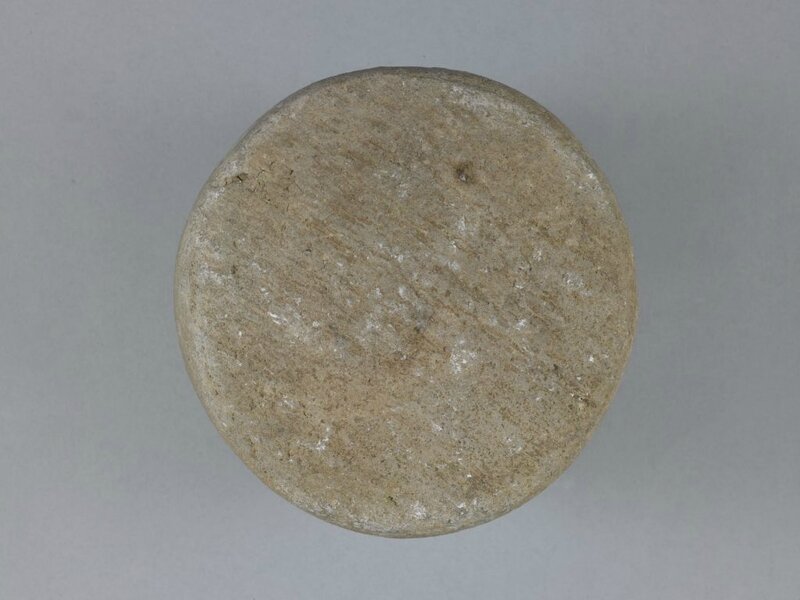



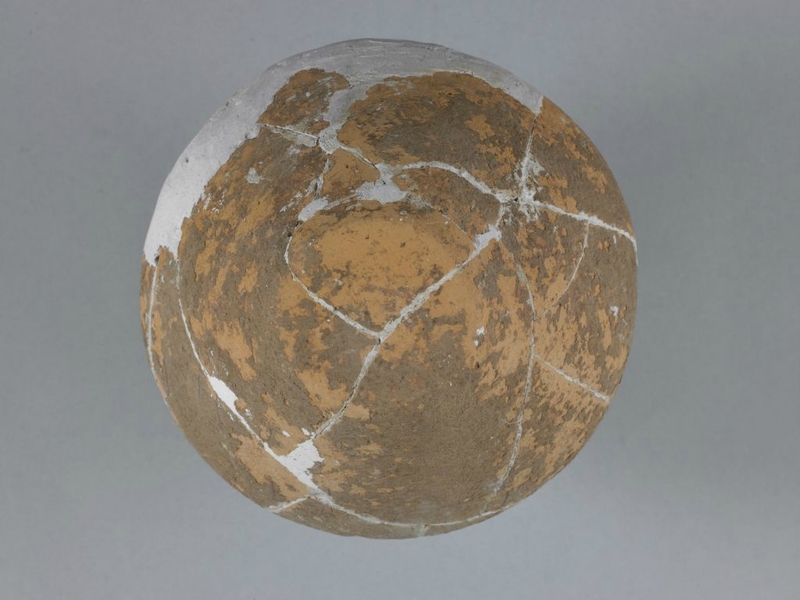

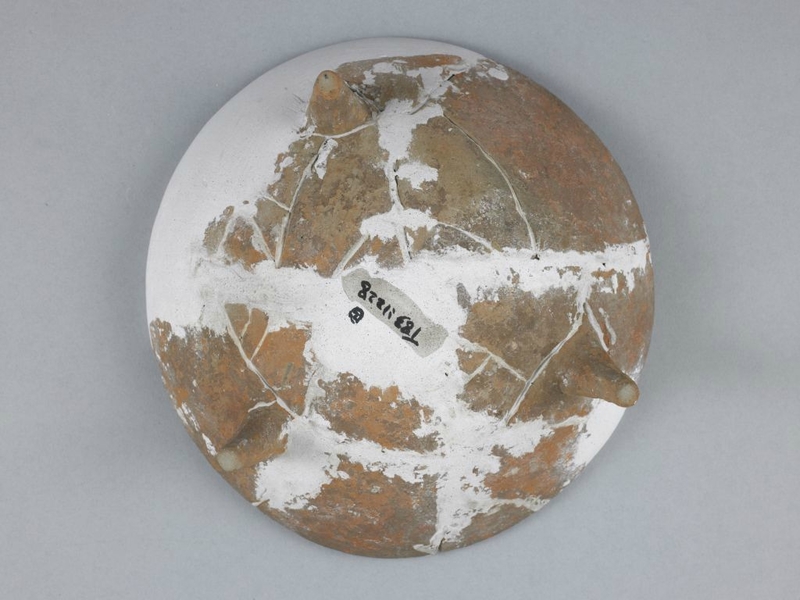

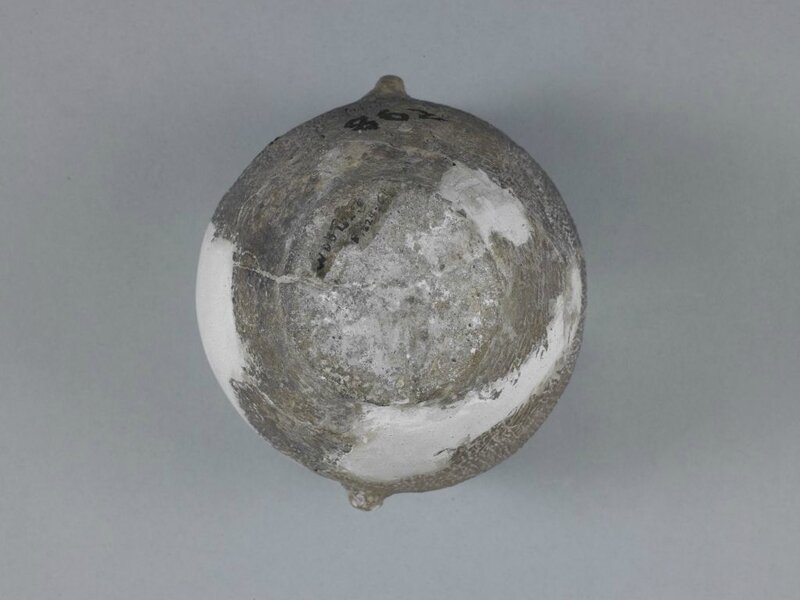


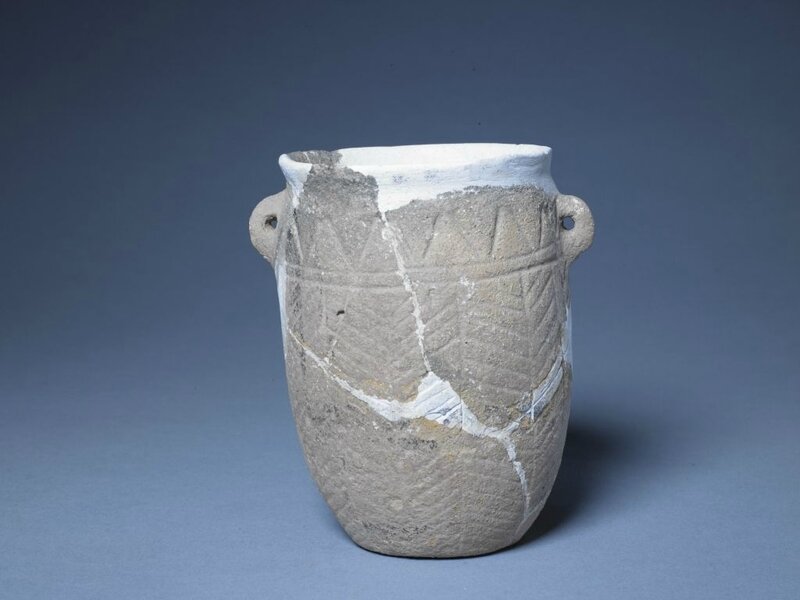
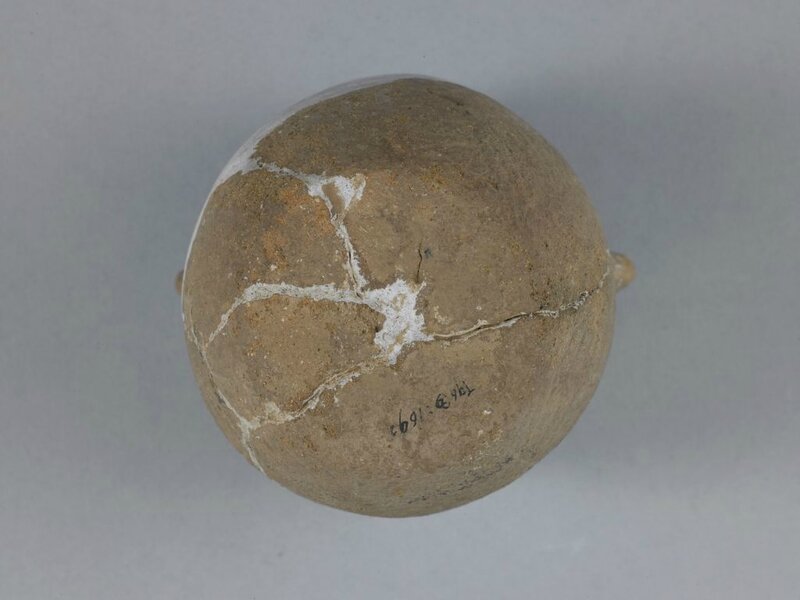
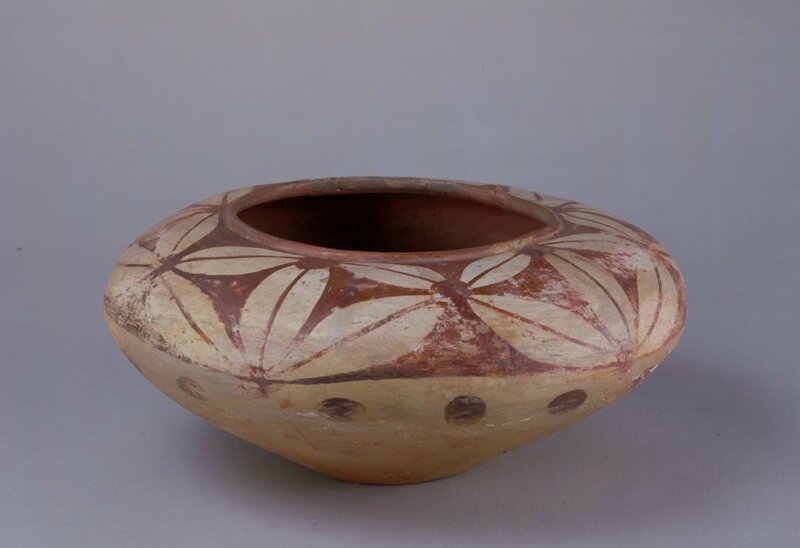






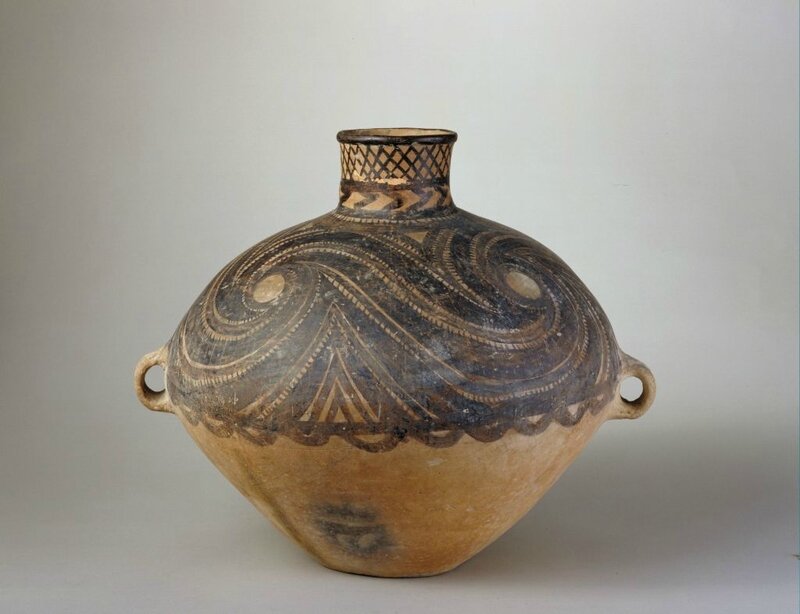




















/http%3A%2F%2Fstorage.canalblog.com%2F90%2F99%2F119589%2F112019528_o.jpg)
/http%3A%2F%2Fstorage.canalblog.com%2F87%2F61%2F119589%2F112018204_o.jpg)
/http%3A%2F%2Fstorage.canalblog.com%2F96%2F54%2F119589%2F112017925_o.jpg)
/http%3A%2F%2Fstorage.canalblog.com%2F37%2F63%2F119589%2F111676516_o.jpg)